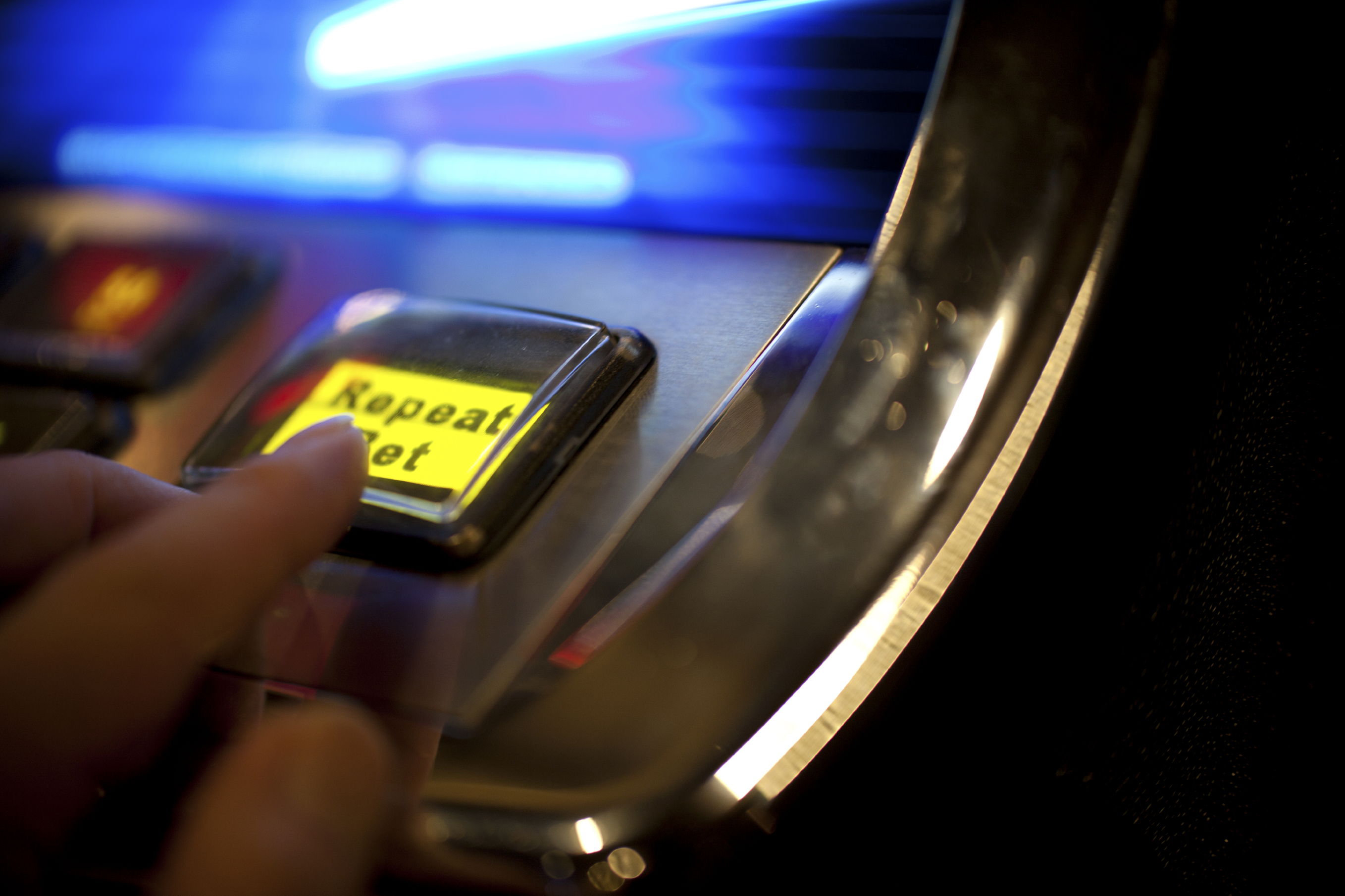A PMOLED is an organic light emitting diode. A PMOLED display uses a simple control scheme in which you control each row (or line) in the display sequentially (one at a time). PMOLED electronics do not contain a storage capacitor so the pixels in each line are actually off most of the time. To compensate for this more voltage is needed to make them brighter.
PMOLED displays are also restricted in resolution and size (the more lines you have, the more voltage you have to use). PMOLED displays are usually small, typically up to 3 inches, and are used to display character data or small icons. They are being used in wearable devices, small gadgets and sub displays.
Different applications require different customizations. Our team of Display Engineers will work with you every step of the way to make sure you get the best display solution for the product that you are designing.
When should you consider creating a custom display?
-
You are creating a new design and your volume is high enough to justify the price difference between a standard and a custom display (most of the times it’s just pennies, so it’s worth it!)
-
You have a design and need a display that matches it
Most of the time our customers start with a standard off-the-shelf product and quickly realize that they need to make changes to be able to make the display fit their designs.
These are the customizations that we offer for PMOLEDs:
Let our Display Engineers guide you through the customization process. To find out more about our EDSP Process, visit our Custom Displays page.
Contact Us

